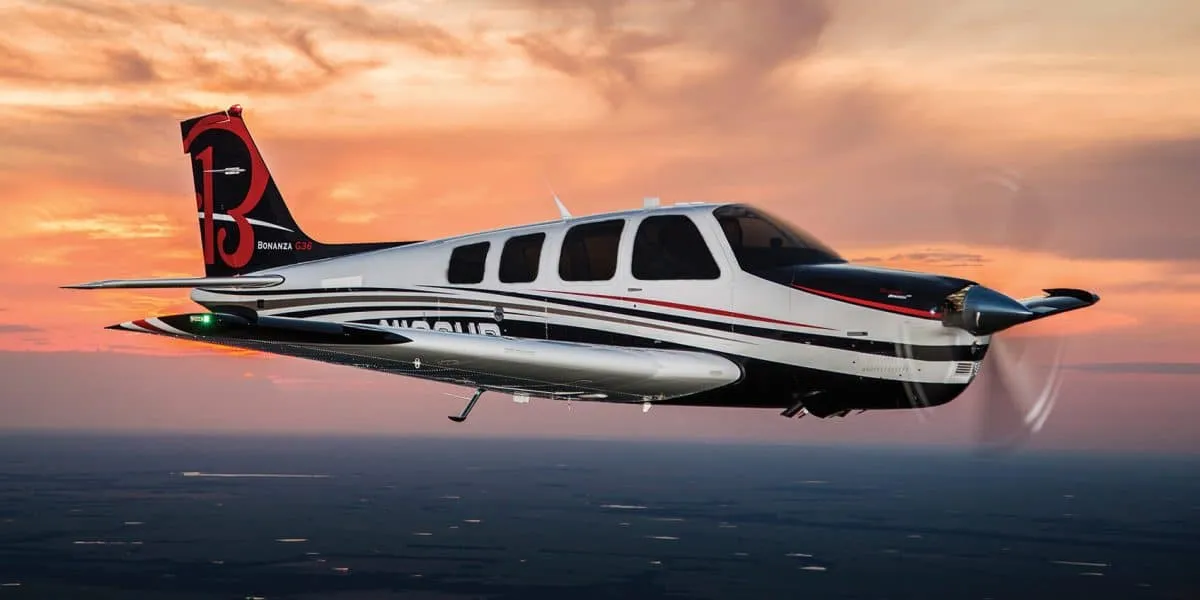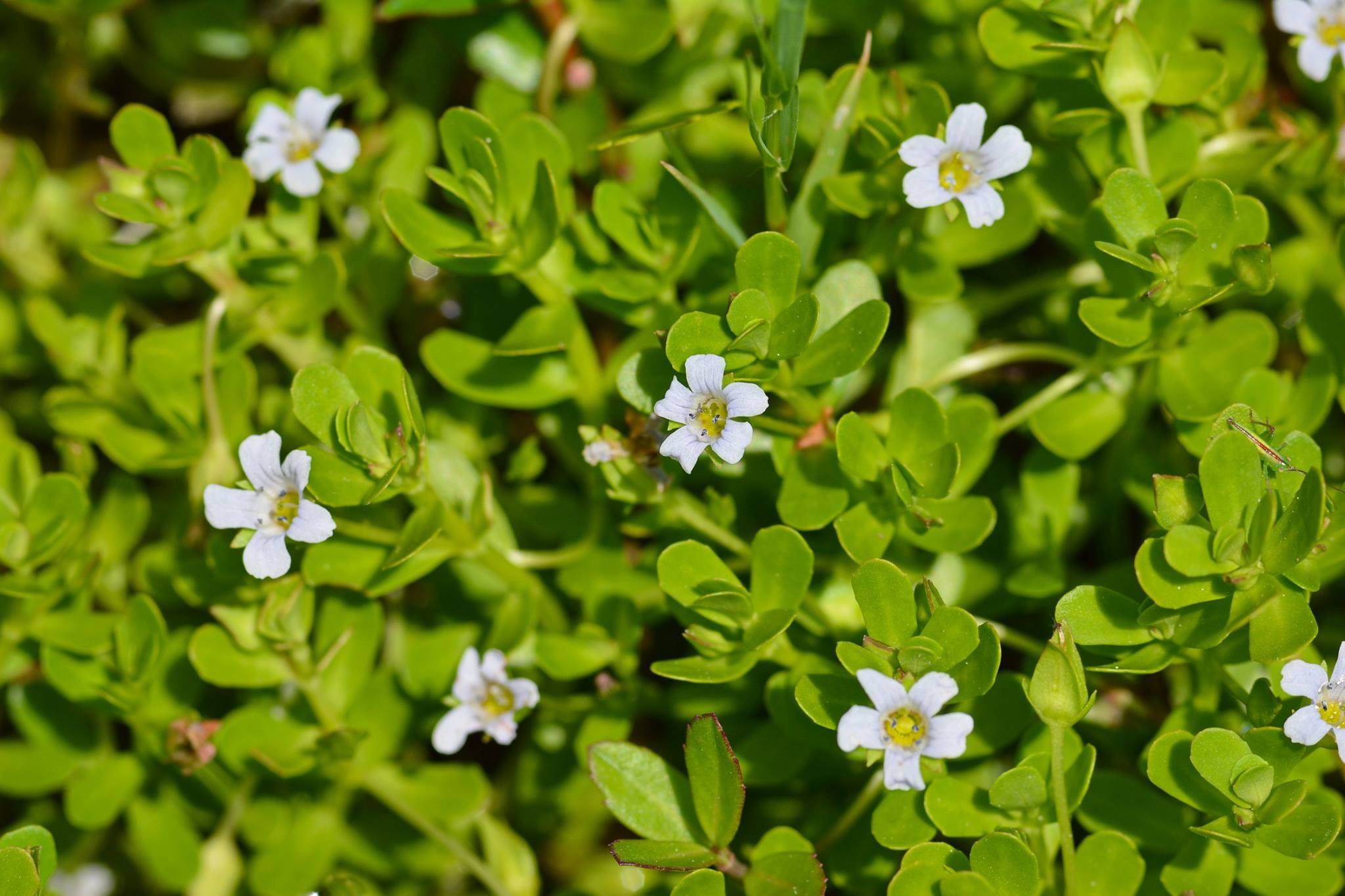
Single-engine planes have long captured the imagination of aviation enthusiasts and casual observers alike. These remarkable aircraft, powered by a solitary engine, have played a pivotal role in shaping the history of flight. From their early days as pioneering marvels to their continued relevance in modern aviation, single-engine planes have left an indelible mark on the skies. In this article, we embark on a fascinating journey to explore 20 captivating facts about single-engine planes. Whether you're a seasoned pilot, an aspiring aviator, or simply intrigued by the world of aviation, these insights will provide a deeper understanding of these remarkable flying machines. Join us as we soar through the skies of knowledge and uncover the unique features, capabilities, and historical significance of single-engine planes. From their iconic designs to their enduring appeal, there's much to discover about these aerial marvels. So, fasten your seatbelt and prepare for an exhilarating adventure into the realm of single-engine planes!
Key Takeaways:
- Single engine planes are versatile aircraft used for diverse activities like recreational flying, training, and agricultural work. They offer cost-effective flying and have a rich history in shaping aviation.
- These planes inspire future aviators and contribute to adventure tourism, wildlife conservation, and search and rescue missions. They embody a legacy of excellence and innovation in the world of aviation.
Single Engine Planes are Versatile
Single engine planes are known for their versatility, capable of performing a wide range of tasks including recreational flying, flight training, and even agricultural activities. These aircraft are prized for their adaptability and are often the preferred choice for many pilots due to their maneuverability and ease of operation.
Flying in a single engine plane offers a unique and exhilarating experience, allowing pilots to enjoy breathtaking views and a sense of freedom that is unparalleled. These planes are popular among aviation enthusiasts and hobbyists who appreciate the thrill of taking to the skies in a nimble and responsive aircraft.
Single Engine Planes Come in Various Types
There are different types of single engine planes, each designed for specific purposes. From light sport aircraft to high-performance singles, these planes cater to diverse needs within the aviation community. Whether it's for personal use, flight training, or professional applications such as aerial surveying or medical transport, there's a single engine plane tailored to meet the requirements of different pilots and industries.
Single Engine Planes Offer Cost-Effective Flying
One of the key advantages of single engine planes is their cost-effectiveness. These aircraft typically have lower operating expenses compared to multi-engine planes, making them an attractive option for pilots seeking an economical flying solution. With lower fuel consumption and maintenance costs, single engine planes provide an accessible entry point into the world of aviation.
Single Engine Planes Have a Rich History
The history of single engine planes is rich and storied, dating back to the early days of aviation. From pioneering aircraft like the Wright Flyer to modern-day marvels, single engine planes have played a pivotal role in shaping the course of aviation history. Their evolution has been marked by groundbreaking innovations and advancements, contributing to the development of air travel as we know it today.
Single Engine Planes Require Skilled Pilots
Operating a single engine plane demands a high level of skill and expertise. Pilots undergo rigorous training to master the intricacies of flying these aircraft, honing their abilities to handle various flight conditions and scenarios. The proficiency required to safely and effectively operate a single engine plane underscores the importance of thorough pilot education and ongoing training.
Single Engine Planes Embody Engineering Excellence
The design and engineering of single engine planes showcase the pinnacle of aerospace technology. These aircraft are meticulously crafted with precision engineering and cutting-edge materials, ensuring optimal performance and safety. The fusion of art and science in the construction of single engine planes reflects the dedication to creating aircraft that are both functional and aesthetically impressive.
Single Engine Planes Offer Efficient Performance
Despite having a single engine, these planes deliver impressive performance capabilities. From speed and agility to fuel efficiency, single engine planes are engineered to excel in various aspects of flight. Their streamlined design and power-to-weight ratio contribute to their ability to achieve remarkable performance levels, making them a popular choice for pilots who value efficiency and reliability.
Single Engine Planes Are Ideal for Training
Many flight schools and training facilities use single engine planes for pilot instruction and certification. These aircraft provide an ideal platform for aspiring pilots to learn the fundamentals of flying and gain hands-on experience in a controlled learning environment. The responsive nature of single engine planes allows students to develop essential flying skills as they progress through their training programs.
Single Engine Planes Promote Recreational Flying
For aviation enthusiasts, single engine planes offer an avenue for recreational flying that is both enjoyable and rewarding. Whether it's soaring through the skies for leisurely sightseeing or embarking on adventurous cross-country flights, these planes provide an accessible means for individuals to indulge in their passion for flying. The thrill of piloting a single engine plane adds a sense of adventure to the recreational flying experience.
Single Engine Planes Support Aerial Photography
Aerial photography and cinematography often rely on single engine planes to capture stunning visuals from above. Equipped with specialized camera systems, these aircraft serve as platforms for aerial photographers and filmmakers to document landscapes, events, and various subjects from a unique perspective. The maneuverability of single engine planes enables photographers to achieve optimal angles and compositions for their aerial shots.
Single Engine Planes Facilitate Humanitarian Missions
In humanitarian efforts and disaster response operations, single engine planes play a vital role in delivering aid and support to affected areas. Their ability to access remote locations and operate from short airstrips makes them invaluable assets for transporting essential supplies, medical personnel, and humanitarian teams to areas in need. Single engine planes contribute to relief efforts by facilitating swift and efficient logistics in challenging environments.
Single Engine Planes Are Essential for Agricultural Aviation
Agricultural aviation heavily relies on single engine planes for tasks such as crop dusting, aerial seeding, and pest control. These specialized aircraft are equipped to disperse agricultural products over fields and farmlands, aiding in crop maintenance and protection. The maneuverability and precision of single engine planes make them well-suited for executing agricultural aviation operations with accuracy and efficiency.
Single Engine Planes Showcase Innovative Avionics
Advancements in avionics technology have enhanced the capabilities of single engine planes, equipping them with state-of-the-art navigation systems, communication tools, and flight instrumentation. The integration of advanced avionics contributes to the safety and situational awareness of pilots, enabling them to navigate airspace with confidence and precision. These technological innovations further elevate the performance and reliability of single engine planes.
Single Engine Planes Foster Aviation Entrepreneurship
Entrepreneurs and aviation enthusiasts often leverage single engine planes to establish businesses in sectors such as air charter, flight training, and aerial services. The versatility and cost-effectiveness of these aircraft create opportunities for individuals to venture into aviation-related enterprises, offering services that cater to a wide range of clientele. Single engine planes serve as the foundation for entrepreneurial endeavors within the aviation industry.
Single Engine Planes Support Wildlife Conservation Efforts
In conservation and wildlife management initiatives, single engine planes aid in conducting aerial surveys, monitoring wildlife populations, and supporting conservation research. These aircraft enable conservationists and researchers to gather valuable data and observations from the air, contributing to the preservation and protection of natural habitats and endangered species. Single engine planes play a crucial role in advancing conservation efforts through aerial reconnaissance and ecological studies.
Single Engine Planes Promote Adventure Tourism
Adventure tourism and sightseeing excursions often utilize single engine planes to offer travelers unique aerial experiences. From scenic flights over breathtaking landscapes to aerial tours of iconic landmarks, these aircraft provide a platform for tourists to explore destinations from a captivating aerial perspective. Single engine planes enhance adventure tourism by delivering memorable and immersive flying adventures to travelers seeking extraordinary journeys.
Single Engine Planes Contribute to Search and Rescue Operations
During search and rescue missions, single engine planes serve as airborne assets for locating missing persons, conducting aerial searches, and providing aerial support to ground rescue teams. Their ability to cover extensive areas and operate in diverse terrain makes them valuable resources in search and rescue operations. Single engine planes assist in expediting search efforts and enhancing the effectiveness of rescue missions, contributing to the safety and well-being of individuals in distress.
Single Engine Planes Champion Air Racing
The world of air racing and competitive aviation features single engine planes as prominent contenders in exhilarating racing events. These high-speed competitions showcase the agility and speed capabilities of single engine planes as they navigate race courses and compete for victory. Air racing enthusiasts and pilots alike embrace the adrenaline-fueled excitement of single engine plane competitions, adding an electrifying dimension to the realm of aviation sports.
Single Engine Planes Inspire Future Aviators
The allure of single engine planes inspires and motivates aspiring aviators to pursue careers in aviation and aeronautics. Their iconic status and contributions to various aviation sectors ignite passion and curiosity in individuals who aspire to become pilots, engineers, and aviation professionals. Single engine planes serve as symbols of innovation and exploration, igniting the dreams of future aviators and shaping the aspirations of the next generation in the world of flight.
Single Engine Planes Uphold a Legacy of Excellence
Throughout the annals of aviation history, single engine planes have left an indelible mark, embodying a legacy of excellence and achievement. From their pivotal role in advancing aviation technology to their enduring impact on flight operations and industries, single engine planes continue to shape the trajectory of aviation. Their legacy of excellence resonates across the skies, symbolizing the enduring spirit of innovation and discovery in the realm of single engine aviation.
Single engine planes, also known as piston-engine planes, are aircraft powered by a single piston engine. These versatile aircraft are widely utilized for diverse applications, ranging from recreational flying and flight training to specialized missions such as aerial photography, agricultural aviation, and humanitarian aid. Single engine planes offer an array of benefits, including cost-effectiveness, maneuverability, and efficient performance, making them a preferred choice for pilots across different sectors of the aviation industry.
The history of single engine planes is deeply intertwined with the evolution of aviation, tracing back to the early days of flight when pioneering aviators propelled the development of these aircraft. Today, single engine planes continue to play a crucial role in various facets of aviation, serving as platforms for adventure tourism, wildlife conservation efforts, and competitive air racing. Their impact extends to search and rescue operations, aviation entrepreneurship, and inspiring the aspirations of future aviators.
With their rich history, diverse capabilities, and enduring legacy, single engine planes stand as enduring symbols of innovation and excellence in the world of aviation. Whether soaring through the skies for leisure or fulfilling essential missions, these aircraft embody the spirit of exploration and achievement, shaping the present and future of single engine aviation. The 20 Single Engine Plane Facts underscore the multifaceted significance of these aircraft, highlighting their pivotal role in the dynamic landscape of aviation and aerospace.
Conclusion
In conclusion, single-engine planes play a crucial role in aviation, offering versatility, cost-efficiency, and reliability. These aircraft have a rich history and continue to serve various purposes, from recreational flying to commercial operations and emergency medical services. With advancements in technology and safety measures, single-engine planes remain a popular choice for pilots and enthusiasts alike. Their maneuverability and ability to access remote locations make them indispensable in diverse settings. As we look to the future, these aircraft are poised to continue shaping the aviation landscape, maintaining their status as a symbol of freedom and adventure in the skies.
FAQs
Are single-engine planes safe to fly?
Single-engine planes are designed and maintained to meet strict safety standards. With proper training, maintenance, and adherence to regulations, flying a single-engine plane can be a safe and rewarding experience.
What are the advantages of single-engine planes?
Single-engine planes offer cost-efficiency, simplicity in operation, and the ability to access remote airstrips and locations that may be inaccessible to larger aircraft. Additionally, they provide an exhilarating flying experience for pilots and passengers alike.
Was this page helpful?
Our commitment to delivering trustworthy and engaging content is at the heart of what we do. Each fact on our site is contributed by real users like you, bringing a wealth of diverse insights and information. To ensure the highest standards of accuracy and reliability, our dedicated editors meticulously review each submission. This process guarantees that the facts we share are not only fascinating but also credible. Trust in our commitment to quality and authenticity as you explore and learn with us.


